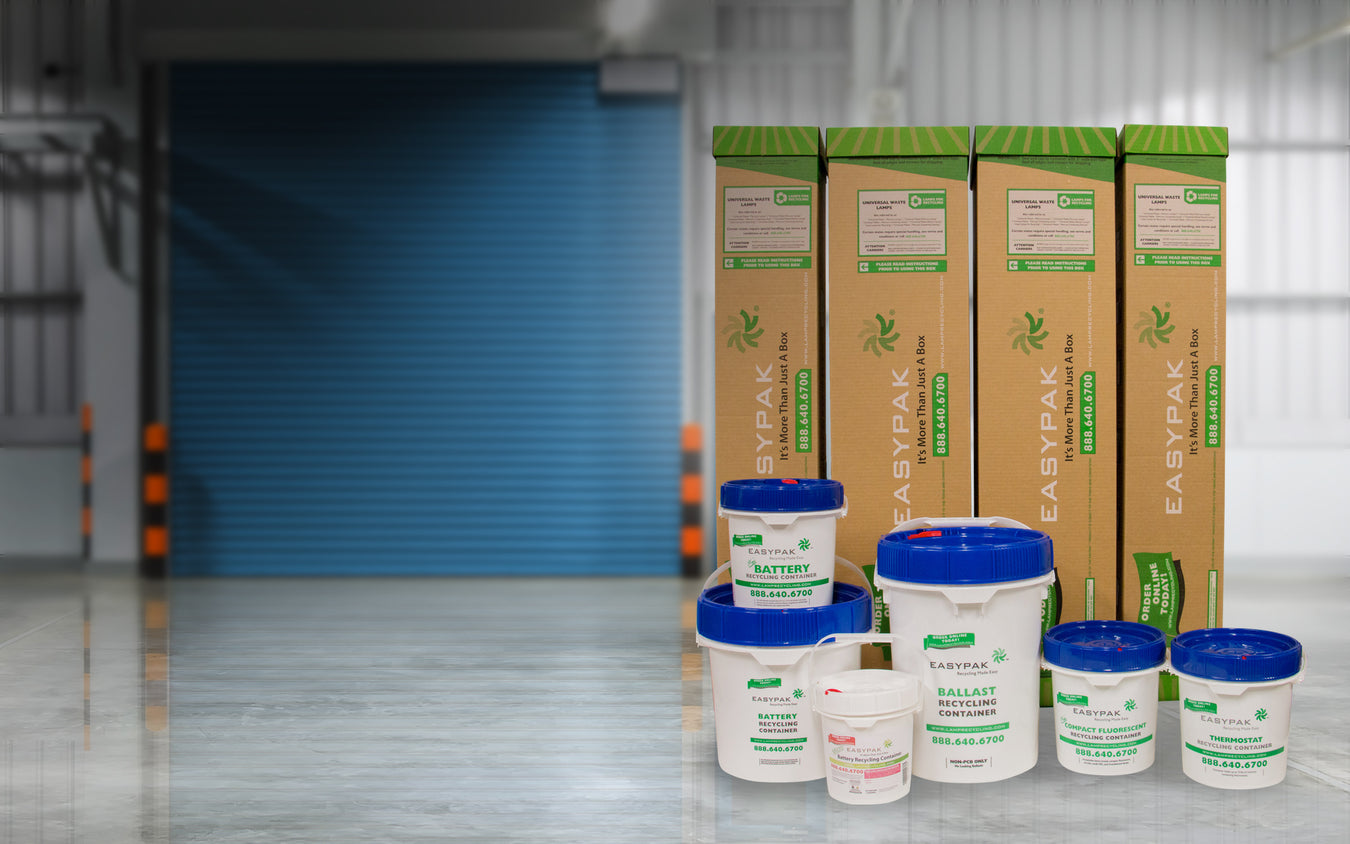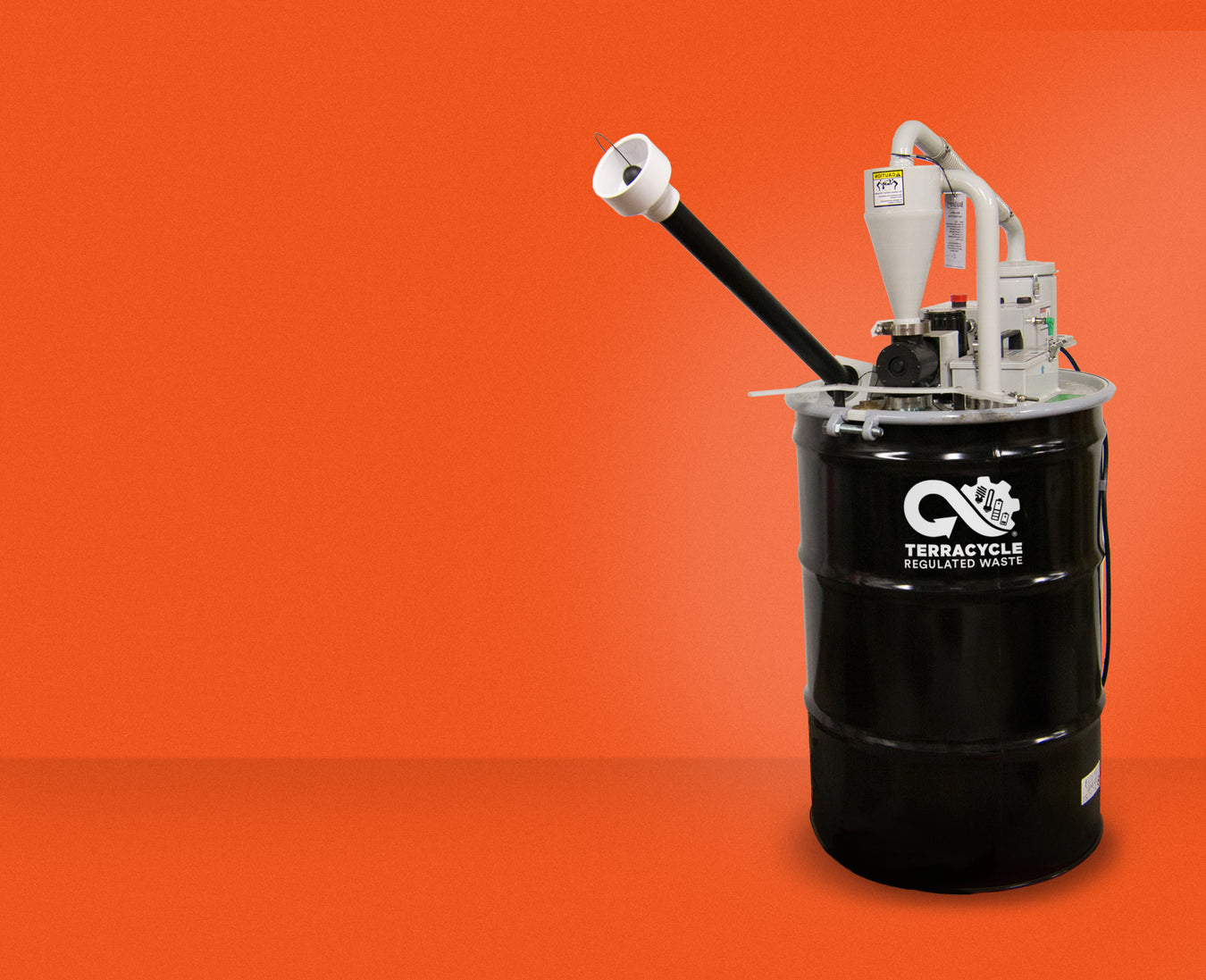EPA Regulatory Information
TerraCycle Regulated Waste provides the information in this section in order to familiarize TCRWUSA.com users with the regulations governing lamp disposal, and to identify for TCRWUSA.com users the government agency that may regulate their operations. TCRWUSA.com users may use this information as a starting point to determine how their facilities are regulated. Customers are cautioned against relying solely on the information contained below and should contact their state environmental protection agency for more information to determine how lamps are regulated in the states in which they operate.
- Regulations Summary
- Why is mercury an environmental concern?
- How do I know if my waste is hazardous?
- What's Hazardous?
- What are Universal Wastes?
- Does Quantity Matter?
- How do I get more information on these regulations and fluorescent lamp recycling
Why is mercury an environmental concern?
Mercury is a metallic element that can accumulate in living tissue. In sufficient concentrations, mercury may cause adverse health effects. Sources of mercury in the environment from human activity include coal-burning power plants, batteries, and fluorescent and HID lamps.
Small amounts of mercury are a necessary component in fluorescent and HID lamps, but when a lamp is broken, crushed, or dispensed in a landfill or incinerator, mercury may be released to the air, surface water, or groundwater. Considering this, it is a good policy to keep the mercury in fluorescent and HID lamps out of the solid waste stream by recycling.





